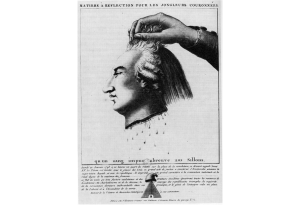
There’s so much to say about the late nineteenth century I don’t know where to begin. Let me just lay out a few questions that we can talk about this week.
First, a look back at Friday: did my reading of Baudelaire’s poem make sense to you? What is this “experience of modernity”? Is it right to say that it first appeared in the late 19th c. and that we’re still living with it?
We’ll talk a lot about the “new imperialism” of the late 19th century this week. What made it possible? What motivated it?
We’ll also talk about the road to the First World War. One of our major questions will be: what were the forces that produced the First World War?
And we’ll want to ask ourselves if it was inevitable. Can we imagine the European 19th century not leading to a war of total destruction?
Well, there’s lots to think about here. We’ll start in class tomorrow. And I’ll try to share a few more thoughts here on the blog. Feel free to offer your own comments here. Or to connect us to documents, clips, images that might give us some new ways of thinking about these questions.

